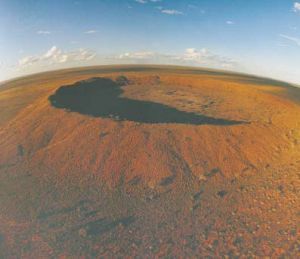
© Tourism Western AustraliaThe Wolfe Creek crater in Western Australia.
Travelling south from Halls Creek in Western Australia, the hilly country of the southeastern Kimberley quickly gives way to the flat sand plains of the Great Sandy Desert.
Some 90 km south of Halls Creek, we see on the horizon a break in the monotony: an apparently flat-topped hill. In these endless plains, it is hard to judge the hill's height and distance, but after another 10 km we are almost there.
The fascinating story of the Wolfe Creek Crater begins to be revealed as we approach the slopes of the hill: the quartzite country rock becomes increasingly broken and disarranged. Rusty-red areas of iron oxide soils, which cap the quartzite, become increasingly fragmented.
Then, curious objects begin to appear. Close to the top of the hill, on its western slopes, rusty balls of rock lie scattered on the ground, sometimes fused into the laterite, and at other times lying loose.
Reaching the top of the hill, we gasp from something other than shortness of breath - for before us lies one of the most startling geological features in Australia: Wolfe Creek Crater.
Between 870 and 950 m in diameter, Wolfe Creek Crater is almost circular. Originally it would have been 120 m deep, but is now largely filled with sand and is only 25 m below the plains of sand.
There are thousands of circular structures on Earth's land surface, and many of these can be explained by the action of well-understood geological processes such as volcanism.
A number of these structures do not occur in volcanic terrains, nor are they associated with volcanic material. In the past, scientists described them as 'cryptovolcanic' or 'cryptoexplosion' structures, believing they were the result of explosive eruptive activity or that the cause of the explosion is unknown.
In the past 50 years, many features thought to be volcanic have now been shown to have an impact origin.
In 1965, researchers found 1,343 grams of iron meteorites some 3.9 km southwest of Wolfe Creek Crater, making it one of only five craters in Australia where meteorites have been found.
Meteorites only survive if the impact is small, producing a crater only a few hundreds of metres across. In larger impacts, the projectile is completely melted and vaporised. So, without the meteorite itself, what other than the circularity of such structures leads us to believe they were formed by impact?
The telltale evidence of a meteoritic origin falls into three main categories: structural, mineralogical and chemical. Geophysical surveys of many suspected impact structures show that they do not have deep-seated roots.
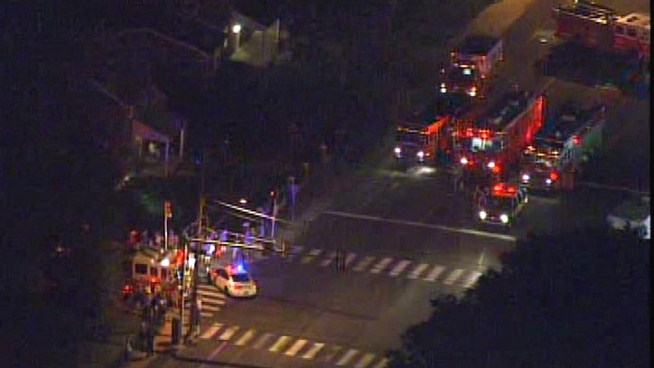


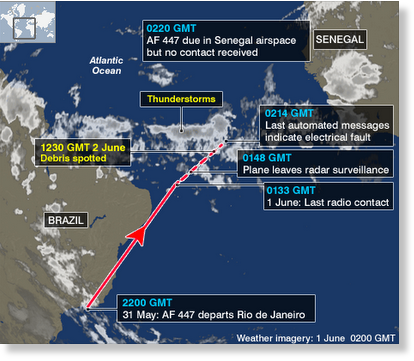

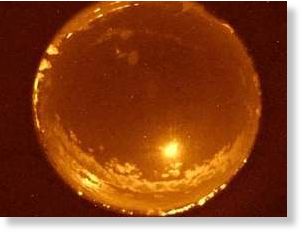


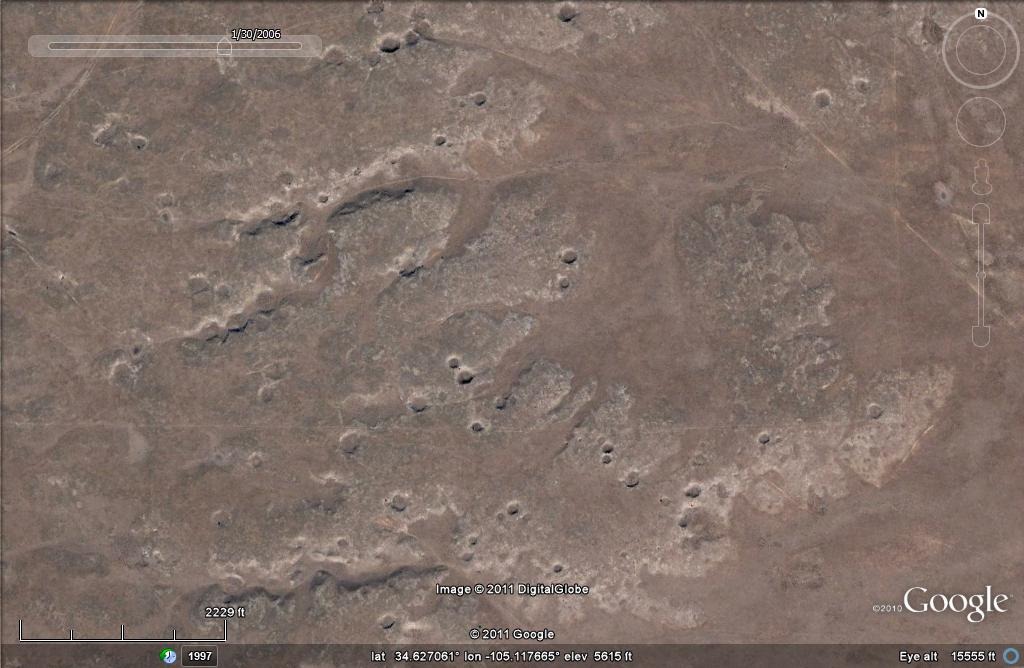



Comment: Actually, SOTT called this one when it happened! The reader is invited to take a look at What are they hiding? Flight 447 and Tunguska Type Events, that clearly demonstrates the possibility of Flight 447 being hit by a meteorite or a shockwave from an exploding comet fragment.